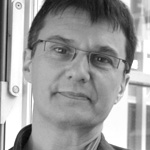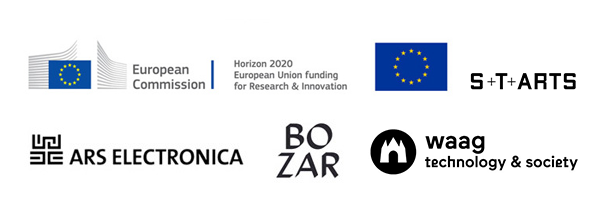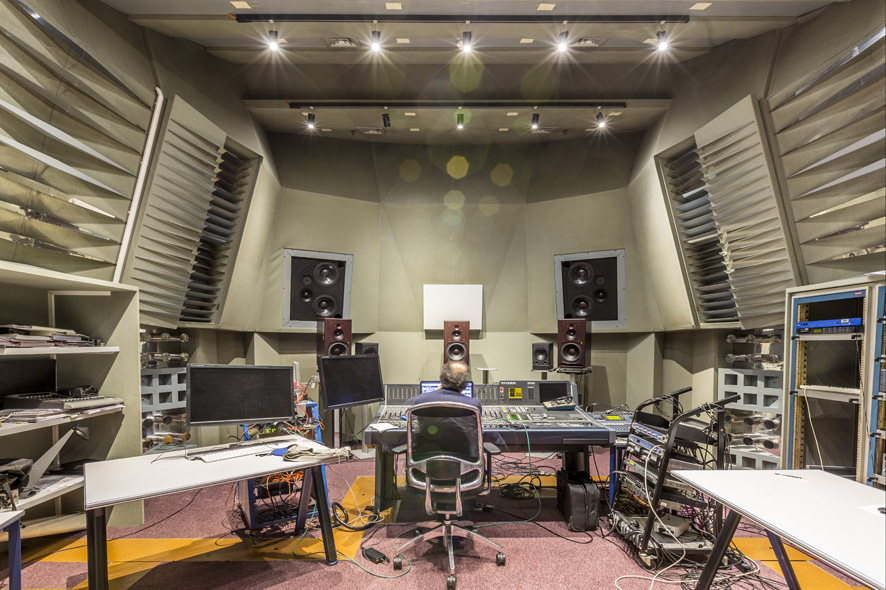The STARTS initiative is back in the spotlight with a new artist-in-residence program. VERTIGO STARTS Artistic Residencies focus on research and development (R&D) projects. An international, interdisciplinary jury will be granting up to 10 such residencies to artists. In this interview, Hugues Vinet, coordinator of the VERTIGO project, fills us in on this new program.
In general, what is the aim of the VERTIGO STARTS Artistic Residencies Program?
Hugues Vinet: The VERTIGO STARTS Artistic Residencies Program organises collaborations between artists and research and development (R&D) projects in the field of Information and Communication Technologies (ICT) throughout Europe. VERTIGO is funded under the H2020 European STARTS initiative – Innovation at the nexus of Science Technology, and the ARTS. STARTS promotes the arts as catalysts for efficient conversion of science and technology knowledge into products, services, and processes.
For the 2017 call, artists are invited to choose an ongoing R&D project from a predefined list and elaborate a residency project in collaboration with it. The residency is expected to deliver, in particular through the production of an original artwork based on its technology, a fresh approach to the project innovation challenges. The novelty of the program, compared to existing practices in applied arts, lies on the access of the artist to technologies at early stages of research and development (low TRLs – Technology readiness levels), and on the importance given to the recognition of the artistic work as itself. Therefore, selected artists will be paid directly by VERTIGO as authors of their artwork. Artists are also invited in so far as possible to submit together with a „Producer“ organisation which might host the artistic production and bring additional means and infrastructure to it.
Could you introduce us some of the technologies that are included in this predefined list of R&D projects?
Hugues Vinet: Technologies and application areas addressed by the 39 R&D projects selected for this first call are very broad and include: multimedia processing, virtual and augmented reality, robotics, games, e-learning, multimodal man-machine interfaces, wearable technologies, bio-sensing, BCI and bio-computing, new computing and communication architectures, IoT, open data, blockchain technologies, smart cities and areas, entertainment, education, automotive and transportation, health, tourism, agriculture, environment, etc.
What happens after the residency? Are the artistic projects exhibited afterwards?
Hugues Vinet: VERTIGO will contribute to the public exposure of the produced artworks and other residencies’ outcomes through its dissemination channels, including the vertigo.starts.eu online platform, its yearly public event at Centre Pompidou (Mutation-Creation – VERTIGO STARTS Forum) in Paris and its international Network of Artistic Correspondents.

VERTIGO is supported by the European Commission DG Connect as a part of the STARTS platform-Science, Technology and the ARTS-H2020 program.

Hugues Vinet, 54 years old, is the Coordinator of the VERTIGO project. He has been Director of Research and Development of IRCAM since 1994 and manages all related research, development and technology transfer activities. He previously headed the Musical Research Group of the French National Institute of Audiovisual where he developed advanced R&D in real-time audio signal processing and human-machine interfaces. He participates in many bodys of experts in the fields of audio, music, multimedia, information technology and technological innovation.
This project has received funding from the European Union’s Horizon 2020 research and innovation programme under grant agreement No 732019. This publication (communication) reflects the views only of the author, and the European Commission cannot be held responsible for any use which may be made of the information contained therein.

